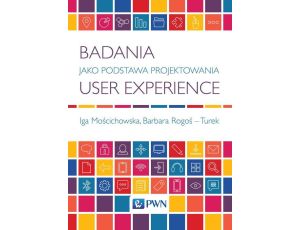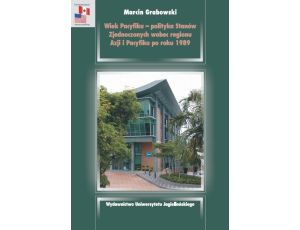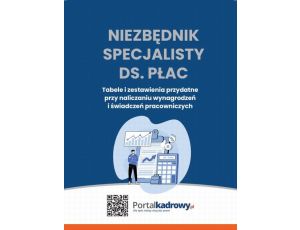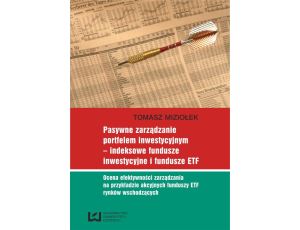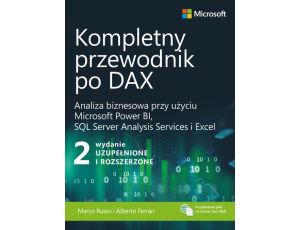Opis produktu
Opinie
Do we like phrasal verbs? Are we afraid of phrasal verbs? Who is “we”? Who is afraid of phrasal verbs? We, the learners of English. For learners of English phrasal verbs (PVs) are reportedly difficult to learn (see e.g. Darwin and Gray 1999) to the extent of being underused or avoided. Why therefore bother? The aim of this book is to verify Kamińska's (2005) study results, indicating that Polish learners of English do not avoid PVs, contrary to other English learners. Why PVs themselves? PVs are extremely common in native speech, and are therefore higly desirable by English non-natives.
Chapter by chapter, PV structure and semantics are discussed and analyses performed. Also, corpus linguistics is called for as the framework, within which the study is performed. Particular attention is paid to the Polish part of the LINDSEI corpus (Louvain International Database of Spoken English Interlanguage), as the source of linguistic evidence. Semantic analysis of the extracted PVs based on the notion of compositionality (see Celce-Murcia and Larsen-Freeman 1999; Armstrong 2004) constitutes the main part of the empirical chapter. The analysis was possible thanks to an important asset of this book, namely the POS-tagged PLINDSEI corpus. POS-tagging enabled the verification of the study by Kamińska (2005) because it automated the process of extraction making it reliable at the same time. It needs to be stressed that for spoken learner data to be POS-tagged with high accuracy, the CLAWS tagger (Garside 1987) needed to be trained. The result is a POS-tagged corpus with 98.5% accuracy. Following the findings, assumptions about the low use of phrasal verbs by learners are pointed to. In order to remedy learners' avoidance of phrasal verbs, a new way of PV presentation in popular English coursebooks is suggested.
The research questions posed are the following:
Do learners avoid PVs? In the case of avoidance, is it statistically significant?
Is the proportion of idiomatic (to non-idiomatic) PVs smaller in the learner group in comparison to the native group?
Is there an observable rising trend of idiomatic compositionality in both speaker groups?
Are there significant discrepancies in the number of phrasal verb tokens used by individual learners due to variation in exposure to the English language, defined as years studying English in a classroom situation?
Are there significant discrepancies in the number of phrasal verb tokens used by individual learners due to variation in exposure to the English language, defined as time spent in an English-speaking country?
Cechy
| Rodzaj: | e-book |
| Format pliku: |
|
| Autor: | Joanna Wierszycka |
| Język publikacji: | polski |
| Rok wydania: | 2015 |
| Liczba stron: | 194 |
